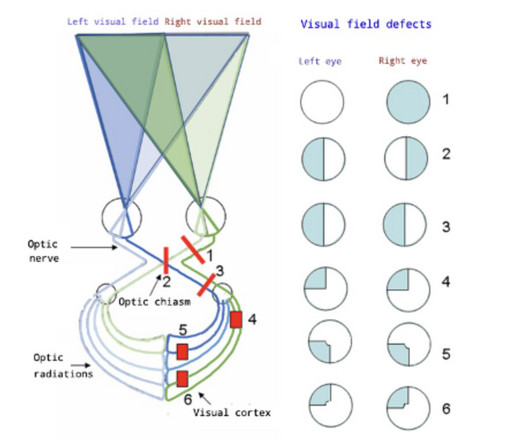COVID-19 antivax quacks are now “repurposing” ivermectin for cancer
Science Based Medicine
FEBRUARY 5, 2024
A year ago, I noticed that COVID-19 quacks were touting the "repurposing" of ivermectin to treat cancer. Now, familiar COVID-19 antivaxxers—cough, cough, FLCCC—have turbocharged this quackery. The post COVID-19 antivax quacks are now “repurposing” ivermectin for cancer first appeared on Science-Based Medicine.





















Let's personalize your content